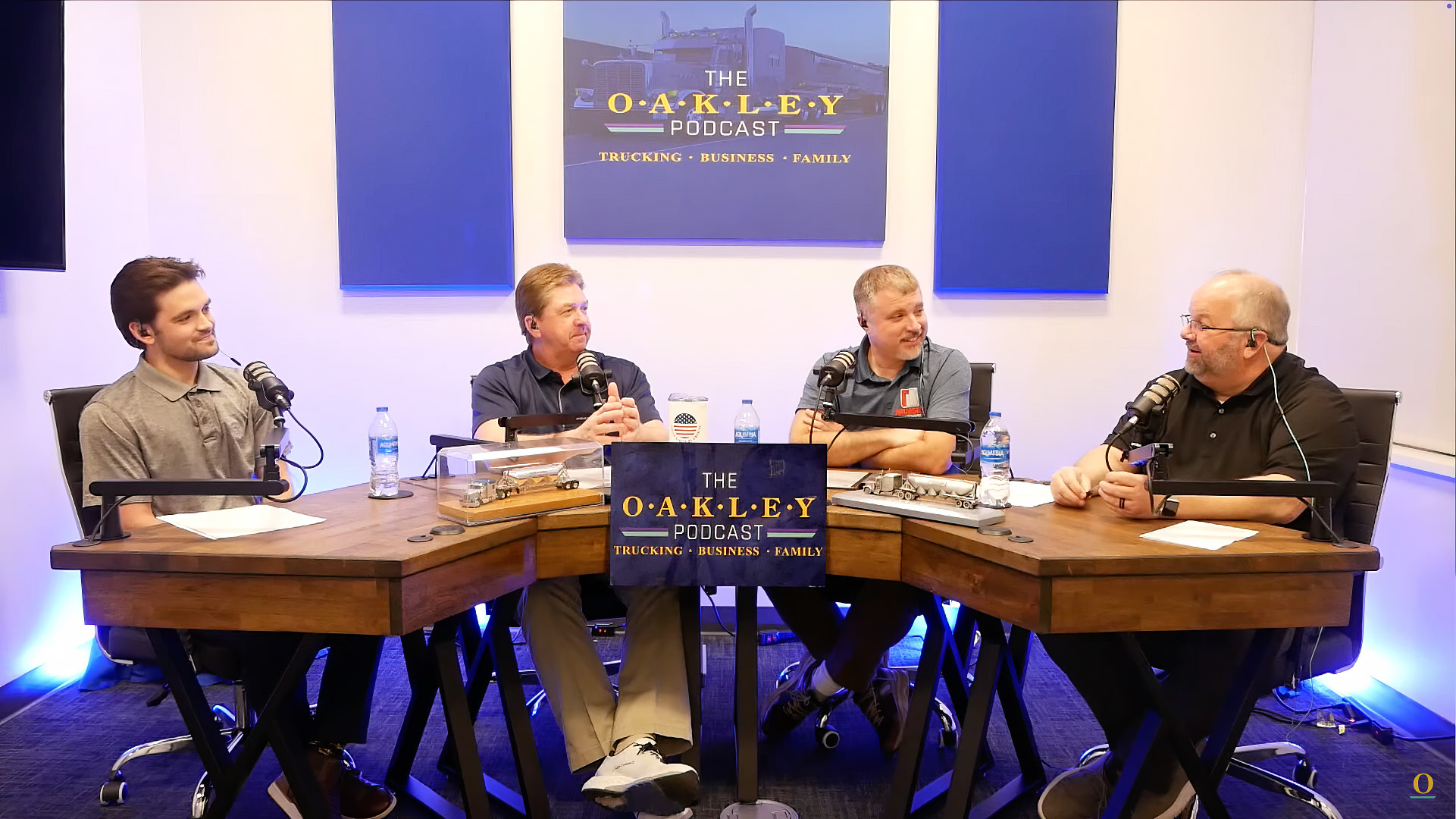In our past couple of articles, we looked at Lead-to-App and App-to-Hire. A broader metric you are likely more familiar with, Lead-to-Hire, is the sum of those aforementioned KPI’s. If you are not monitoring Lead-to-Hire, now is a great time to start.
Getting Started
It’s commonplace to monitor this KPI by both your sources and recruiters to better understand your processes and people.
We calculate Lead-to-Hire conversion (or Lead-to-Hire ratio) by utilizing two metrics at the top and lower end of your hiring funnel. Divide the lead or interested candidates at the top of your funnel by the actual hires (or contracted individuals) from the bottom of your funnel.
Let’s briefly talk about what typically happens between those two points.
How it Works
It starts with a person learning about your company through an employee referral, advertisement, job board, or other means. If they like what they see, the next step is displaying interest by either submitting a short form, completing an application or making a call to you.
Tip: If you aren’t getting these interested candidates, you may need to do an analysis on your company repetition, referral program, or your Click Through Rates on your ads.
Once the ‘interest’ is known, ensure a one-to-one conversation takes place. Remember, the candidate has an interest based on something. You need to find out what that is. Consider this part of the process the qualifying stage. It’s important to remember both the applicant and company are qualifying each other. It is okay if the process stops here, but documenting why is key even if it’s as simple as ‘not interested’ or ‘not qualified’.
Tip: When opening the call don’t feature-dump, just listen. Sell the benefits of your company and the position they have inquired about in a way that specifically touches upon their interests.
The Next Step
Once the full application is received, move into your company's internal processes such as background checks. Further processes include making an offer, scheduling orientation, arranging travel, ensuring show rates, and training. If all goes well, the candidate is successfully employed or contracted.
Tip: Your company is unique, and while there may be industry standard practices, use your data and uniqueness to be the best version of yourself.
It’s important to understand that every single point and process offers an opportunity for improvement. Your applicant tracking system (ATS) should allow you to capture all of this in some capacity. Understanding and reviewing your data is key to your success.
Why it Matters
Looking at Lead-to-Hire allows you to broaden your perspective and set ‘your’ baseline before drilling down and optimizing the entire process. Lead-to-Hire may be easy to calculate, but it’s actually a complex and time-consuming process. However, it is an essential part of attracting and retaining top talent at your company.
Now that you have your mind on Lead-to-Hire ratio(s), bring it into your next conversation with recruiters, publishers, and/or your ad agency. Ramsey MediaWorks client or not, we offer free client services to help guide you through these conversations and data points.




